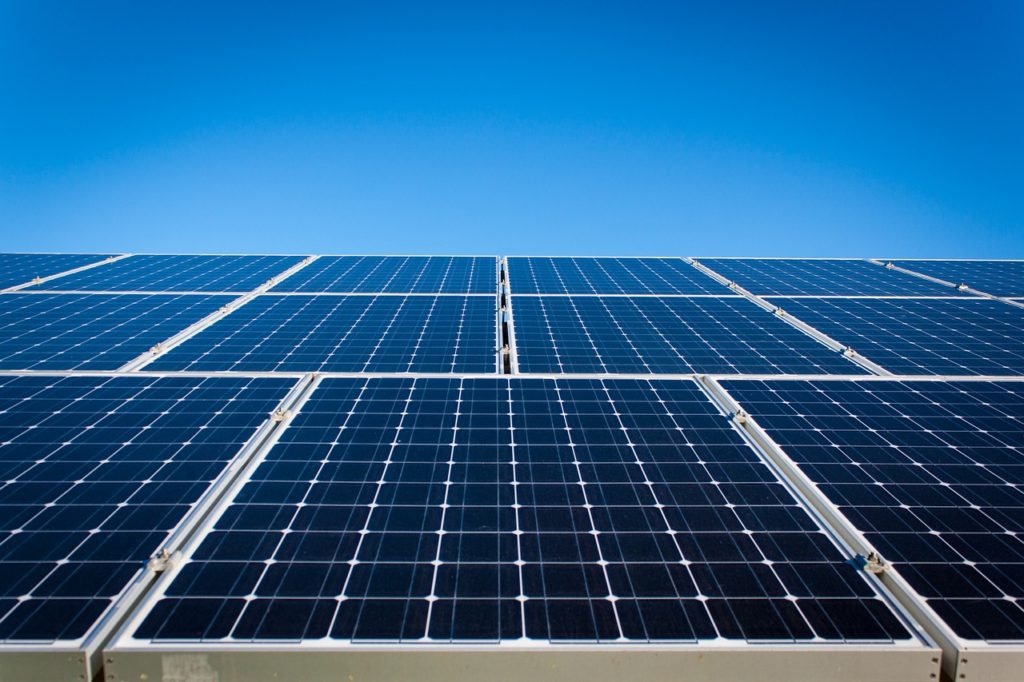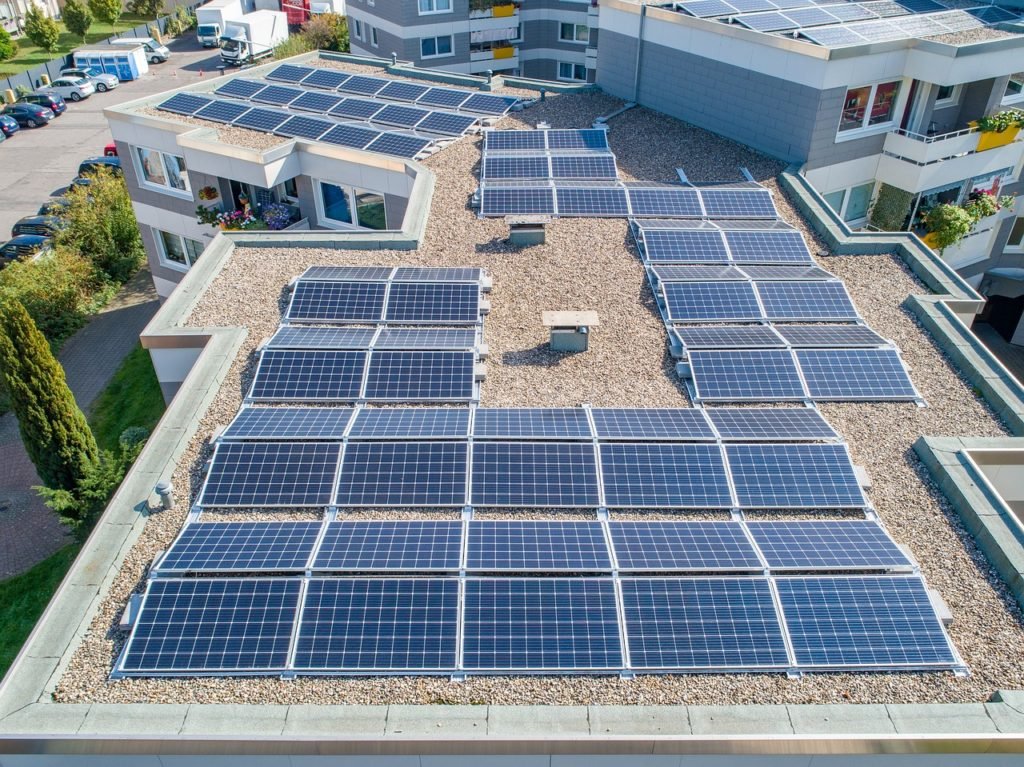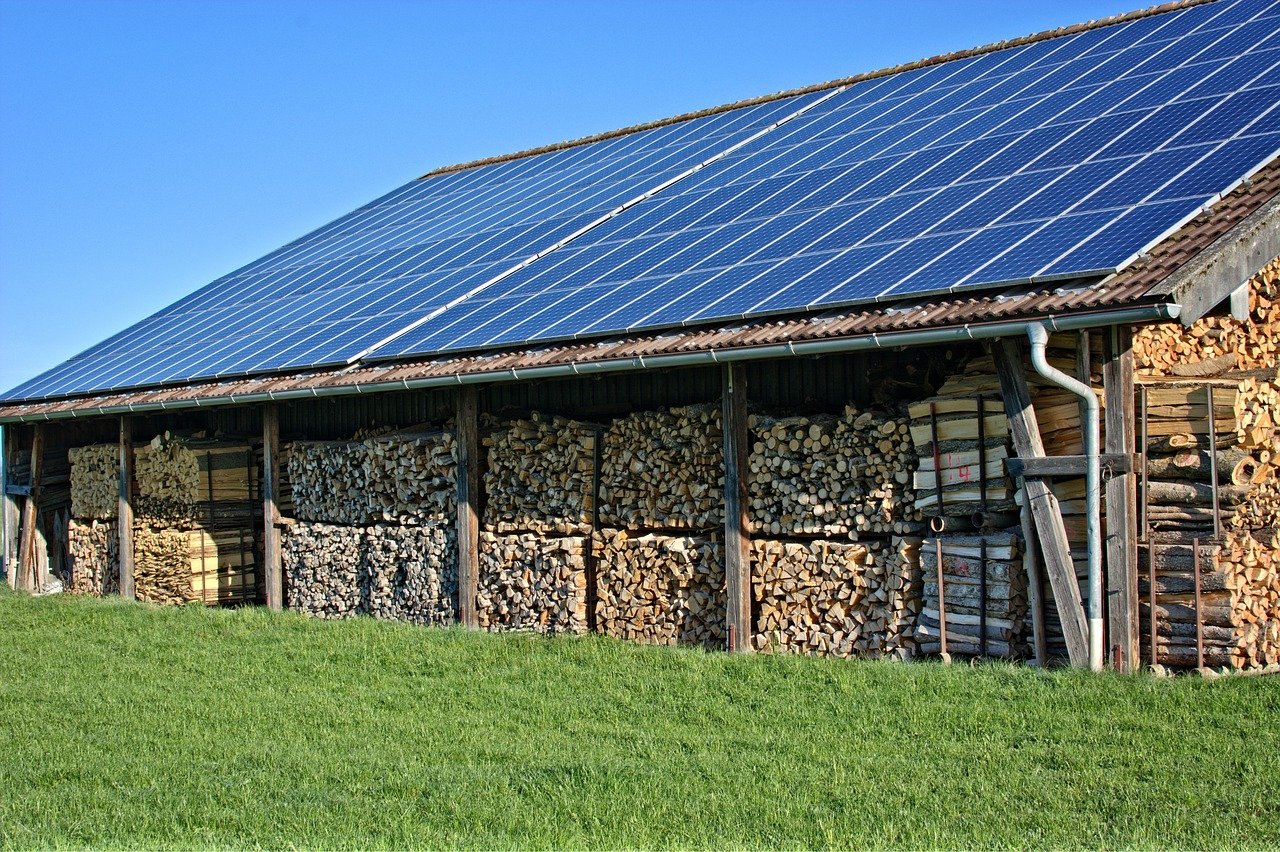Imagine your home, not just as a shelter or a living space, but a smart, self-sustainable hub, powered by the sun. In this article, “Utilising Solar Power: The Future of My Smart Home,” you get a fascinating insight into how solar power is reshaping our homes and our lifestyle. Taking a closer look at this clean, renewable energy source, you’ll experience first-hand how harnessing the sun’s energy can fuel your smart devices and significantly reduce your carbon footprint. As you flip through the pages, you’ll learn how solar power could support your smart home, potentially transforming your everyday routine. Just remember—you’re not just powering a home, you’re securing a sustainable future. Hold on for a thrilling, informative journey into the world of solar power.

Understanding Solar Power
What is solar power?
Solar power is a form of renewable energy harnessed from the sun’s rays. It involves converting sunlight into electricity which can then be used to power homes, businesses, and industries. This form of clean energy is becoming increasingly popular as a means of reducing reliance on fossil fuels and mitigating the impact of climate change.
How is solar power generated?
Solar power is generated through the use of solar panels. These devices are made up of photovoltaic cells that capture sunlight and convert it into direct current (DC) electricity. The DC electricity is then transformed into alternating current (AC) power, which is suitable for home usage through an inverter. This process makes it possible for you to harness the sun’s energy and reduce your dependence on traditional electricity sources.
Benefits of solar power
The most significant benefit of solar power is its sustainability. Unlike fossil fuels, solar energy will not run out as long as the sun continues to shine. Plus, you are reducing carbon dioxide emissions by using solar energy, contributing to a healthier environment. Particularly for homeowners, solar power can lower utility bills and may increase property values once solar systems are installed.
Limitations of solar power
Despite its undeniable benefits, solar power does have its limitations. Solar power generation largely depends on weather conditions – you ideally need sunny skies for optimized output. Also, while prices have been dropping over the years, initial installation can still be costly, making it a significant investment. However, with numerous financing options available, solar power systems are increasingly accessible.
The Link Between Solar Power and Smart Homes
How do smart homes work?
Smart homes are residences equipped with devices that automate tasks normally handled by humans. These devices can be controlled remotely by a smartphone or computer. They work by communicating with each other via a home automation hub – a centralized platform where all the devices connect.
Energy needs of a smart home
Smart homes, due to their network of devices, need a steady supply of power to function optimally. Amid the hustle of daily life, having the lights off because you forgot to pay the electricity bill or due to a power outage is inconvenient. This is why an uninterrupted power supply becomes necessary for smart homes.
Why solar power for smart homes?
Solar power and smart homes are a match made in heaven. It’s a clean, sustainable energy source that can help you maintain a steady power supply for your devices. Given that solar power can produce surplus electricity that can be stored or sold back to the grid, it ensures that your smart home remains powered up, even during grid outages.
Solar Power Systems for Homes
Solar panels
Solar panels are the most visible elements of a solar power system. Installed typically on rooftops, they harness sunlight and convert it into electricity. Panels come in different types and capacities, so it’s crucial to choose the one that suits your needs and budget.
Solar batteries
Solar batteries store surplus power generated by your solar panels for future use. This is particularly beneficial during periods of cloudy weather or during night times when your solar panels aren’t producing electricity. Instead of drawing power from the grid, your home would draw from the stored power in your battery.
Inverters
Inverters act as the brain of a solar power system. They convert the DC power generated by the panels into AC power, which can then be used by your household appliances. Not just that, inverters also provide statistics about the system’s performance and enable you to monitor your energy production and consumption.
Solar charge controllers
Solar charge controllers regulate the voltage and current coming from the solar panels. They ensure that batteries do not overcharge, maintaining the system’s efficiency and enhancing its lifespan.
Installation of Solar Power Systems
Finding a reputable installer
Choosing an experienced, reputable solar installer is critical to ensure your solar power system is installed correctly and safely. Look for certified installers who have excellent reviews, are well-established, and offer warranties on their work.
Considering the cost
The cost of solar power installation varies depending on several factors, including the size of the system, your energy needs, and local incentives. While the upfront costs can be high, the long-term savings from lower electricity bills often offset the initial investment.
Installation process
The installation process involves several steps including site evaluation, system design, permitting, installation, and testing. This usually takes a few days, but the timeline may vary based on the complexity of the installation.
Maintenance of solar power systems
Solar power systems require minimal maintenance, primarily cleaning and inspection for damages. Most companies offer maintenance services to ensure optimal performance and longevity of the system.

Government Policies and Solar Power
State and local incentives
Many states and local governments offer incentives for solar power adoption. These vary by location and can significantly reduce the cost of your solar power system.
Federal solar tax credit
The federal government provides a solar tax credit known as the Investment Tax Credit (ITC). This allows you to deduct a percentage of your solar installation costs from your federal taxes.
Net metering
Net metering policies allow you to sell unused solar power back to the grid. In essence, your electric meter will spin backward, giving you credits against your electricity consumption.
Effect of Solar Power on Utility Bills
Calculating potential savings
Solar power can significantly reduce your utility bills. The amount you save depends on various factors, such as the size of your solar system, the amount of sunlight in your area, and your household’s energy consumption.
Understanding different rate plans
Electric utilities often offer different rate plans for solar power systems. Understanding your rate plan can help you optimize your solar energy use and maximize your savings.
Effect of solar battery storage on bills
Solar battery storage can provide additional savings, particularly if your utility uses time-of-use rates or demand charges. You can store excess solar power produced during the day in your battery for use during peak rates or for when the sun is not shining.

Solar Power and Environmental Impact
Reducing greenhouse gas emissions
Solar power is a clean energy source that contributes significantly to reducing greenhouse gas emissions. By harnessing the sun’s energy, you’re helping to combat climate change and reduce air pollution.
Conserving water
Unlike traditional sources of electricity, solar power systems do not require water to generate electricity. This contributes to water conservation, an important factor in areas suffering from water scarcity.
Improving public health
Reducing reliance on fossil fuels means less air and water pollution, resulting in improved public health. It can decrease respiratory issues, cardiovascular problems, and other health conditions related to pollution.
Backup Power and Off-the-Grid Living
How solar batteries provide backup power
When the power grid goes down, solar batteries can provide backup power. They store solar power during the day and can supply electricity to your home when the grid is out.
Possibility and practicality of living off the grid with solar power
Solar power has made off-the-grid living a realistic possibility. Coupling solar panels with robust battery storage systems can provide enough electricity to power your daily needs.
Case Studies of Solar Powered Smart Homes
Real-world examples of solar-powered smart homes
People all over the world are living in solar-powered smart homes. These homes show the feasibility and advantages of combining renewable energy with smart home technology.
Success stories and challenges faced
While many homeowners have successfully integrated solar power into their smart homes, some challenges remain, particularly with installation and upfront costs. However, technological advancements and increased accessibility to solar power are making these challenges easier to overcome.
The Future of Solar Power in Smart Homes
Technological advancements
Rapid advancements in technology promise a future where solar-powered smart homes are the norm. Improvements in efficiency, storage capabilities, and the integration of solar power with smart home systems are just around the corner.
Anticipated changes in policies and public opinion
As more people realize the benefits of renewable energy, it is expected that government policies and public opinion will increasingly favor solar power.
Predicted trends and innovations in solar power and smart homes
The intersection of solar power and smart homes is expected to bring about trends and innovations such as smart solar inverters, solar battery systems, and demand response programs. Individual homes could potentially become mini power stations, contributing excess solar energy back into the grid. The future of solar-powered smart homes is bright, and you could be a part of that future.
